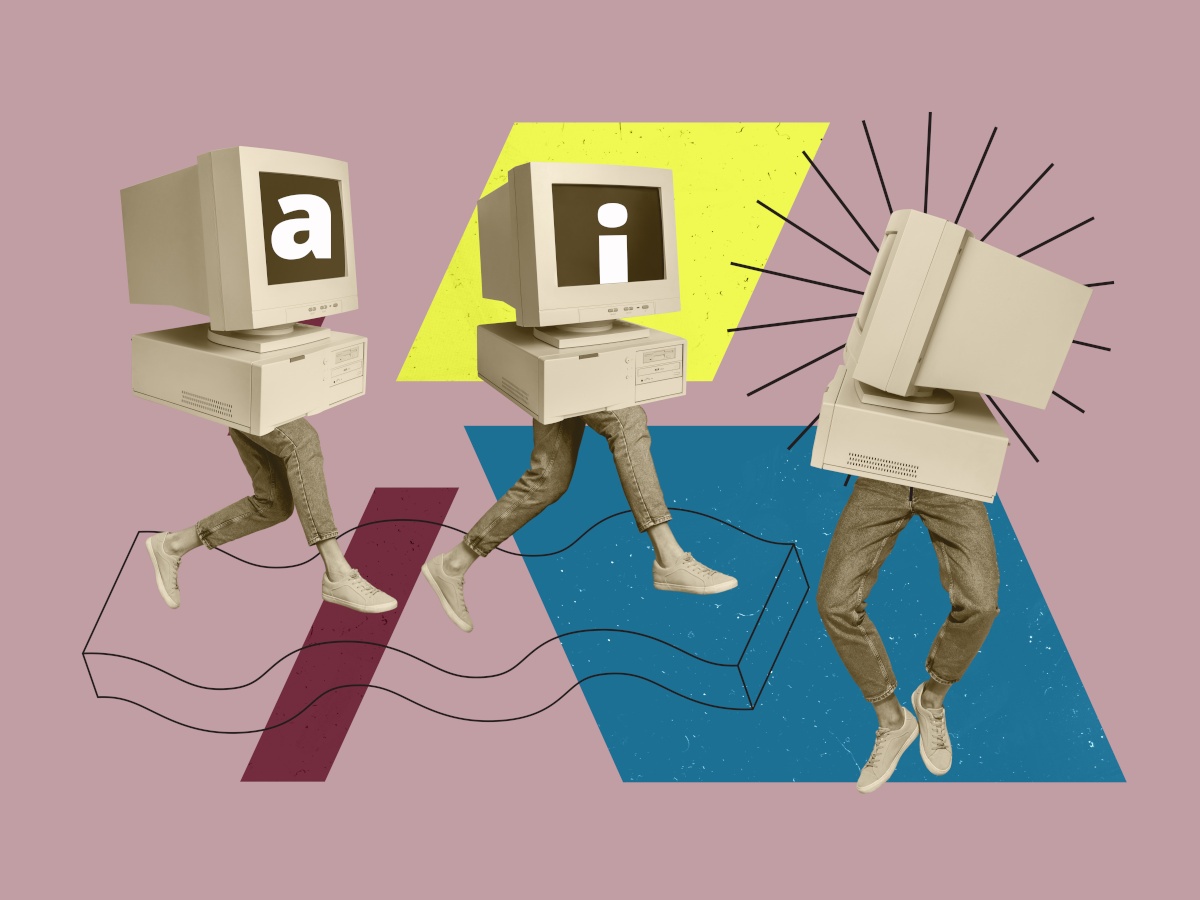![]()
Business leaders warn of AI job losses as firms slash their workforces in troves. But there may be a silver lining.
Generative artificial intelligence (GenAI) burst onto the scene not too long ago, thanks to the AI behemoth OpenAI.
However, since becoming mainstream, the pervasive tech quickly embedded itself in every major industry, revolutionising how we view work, efficiency and human productivity.
Soon, concerns around how AI would affect the job market became a talking point.
Just last week, job-hunting platforms Indeed and Glassdoor slashed around 1,300 jobs amid a shift towards AI, while Workday laid off 1,750 employees after taking a similar direction earlier this year.
These are not isolated, or recent incidents – with the likes of Microsoft making the news regularly for cutting thousands of jobs as it ramps up its investments in AI.
The telecoms giant BT said in 2023 that it would cut up to 42pc of its workforce by 2030 and CEO Philip Jansen said at the time that AI could replace 10,000 jobs in the future.
Simply put, AI technology, as it continues to become more advanced, offers a way for companies to get tasks done for cheaper. Though the jury is still out on whether AI is better than human workers or not.
The Swedish fintech giant Klarna has been heavily reliant on AI for years now, prioritising the tech to deal with a growing volume of its workload over human employees. Its CEO is even quoted as saying that AI can already do all the jobs that humans do. However, it recently started hiring more human workers, after the CEO admitted that services took a dip in quality.
The company says that the dip in quality the CEO referred to was a result of outsourced human agents and not AI. Klarna has started hiring freelancers on a part-time basis to try and bring its service quality back up.
Although, heavy interest in AI, backed by billions in investments from governments and the private sector alike is vastly improving AI capabilities and widening its applications at an unprecedented pace.
AI is often not used by itself to get tasks done, but rather in conjunction with human workers. Meaning, the extra assistance from AI agents gets the job done faster, increases revenue and reduces the need for more human assistance, saving costs for companies. After all, maximising returns is the name of the game.
Microsoft’s latest Work Trend Index comes to a similar conclusion. It finds that companies that are “AI-operated but human-led” will generate value faster.
Low-skilled jobs, such as customer-facing call centres, were one of the firsts to feel the brunt of the technology. A Forrester expert told SiliconRepublic.com that that the advent of GenAI tools will affect low-cost labourers, primarily from developing companies. But it is still felt that even though AI is automating jobs, there will always be room for humans.
‘Saying the quiet part out loud’
However, business leaders are beginning to say the quiet part out loud – that AI is set to wipe out work for humans.
In a recent interview, Ford CEO Jim Farley said that he believes “half of all white-collar workers in the US” could lose their jobs to AI in the coming years.
While last month, Amazon CEO Andy Jassy said that the company expects AI to reduce its total corporate workforce as it gains efficiency over time. (Not to mention Amazon’s warehouses have nearly as many robots as humans and it plans to use GenAI to make them more efficient).
In a staff memo posted to X, Fiverr CEO Micha Kaufman said, “AI is coming for your jobs … its coming for my job too. This is a wake-up call”.
And continuing the warning, Anthropic CEO Dario Amodei told Axios earlier this year that AI could wipe out half of all entry-level white-collar jobs and spike unemployment to 10 to 20pc in the US in the next five years.
Although, Nvidia CEO Jensen Huang said that he “pretty much disagree[d] with almost everything” Amodei said.
“Everybody’s jobs will be changed. Some jobs will be obsolete, but many jobs are going to be created … Whenever companies are more productive, they hire more people,” he said.
PwC, in a surprise finding, reported this year that jobs exposed to AI grew by nearly 40pc despite growing risks from the tech. This, when juxtaposed with mass layoffs in the tech sector, draws a confusing picture for what lies ahead.
But for now, employees should look to AI upskilling. Several companies, including those who have laid off employees in troves, are focusing on training their workforces to use AI.
And while the rate of AI adoption is not where business leaders want it to be, knowing how to use this tool might just be what helps you grow.
Don’t miss out on the knowledge you need to succeed. Sign up for the Daily Brief, Silicon Republic’s digest of need-to-know sci-tech news.
